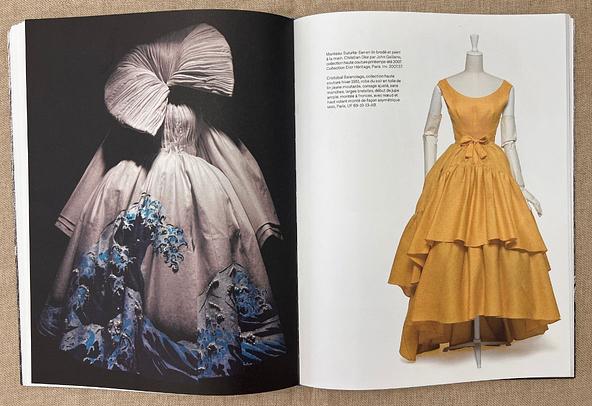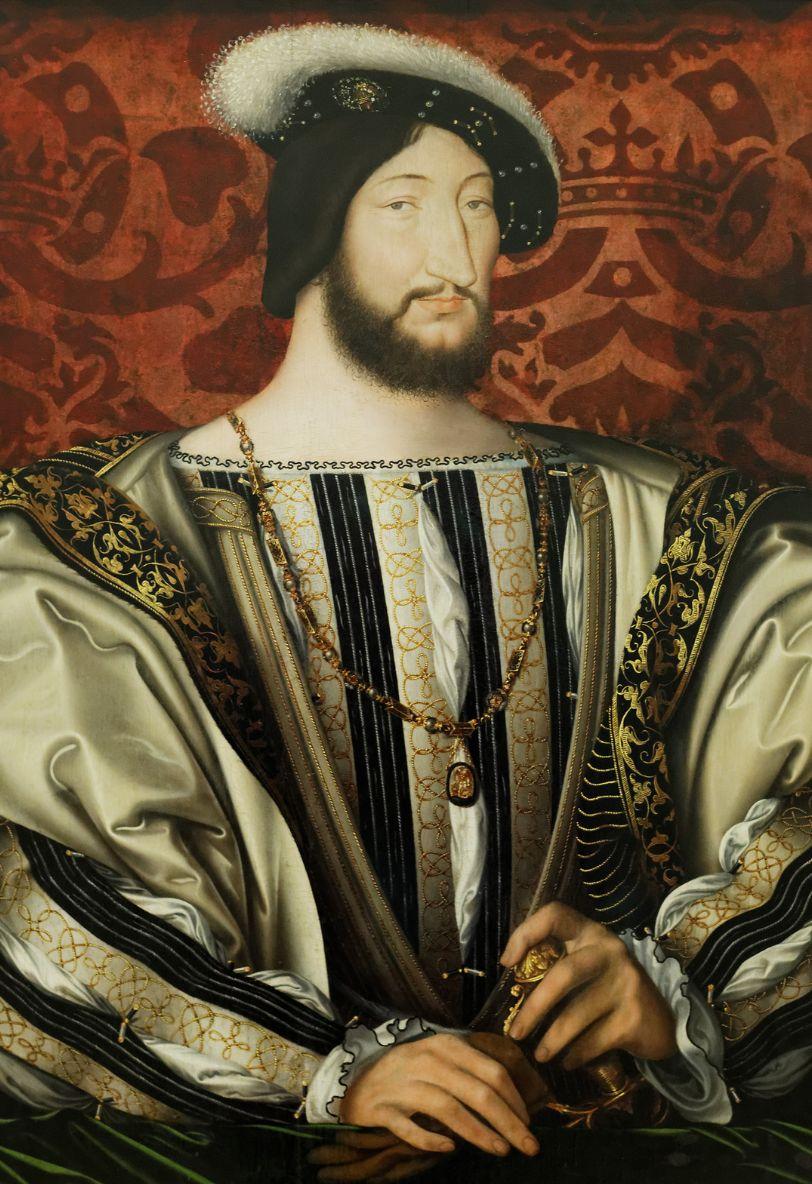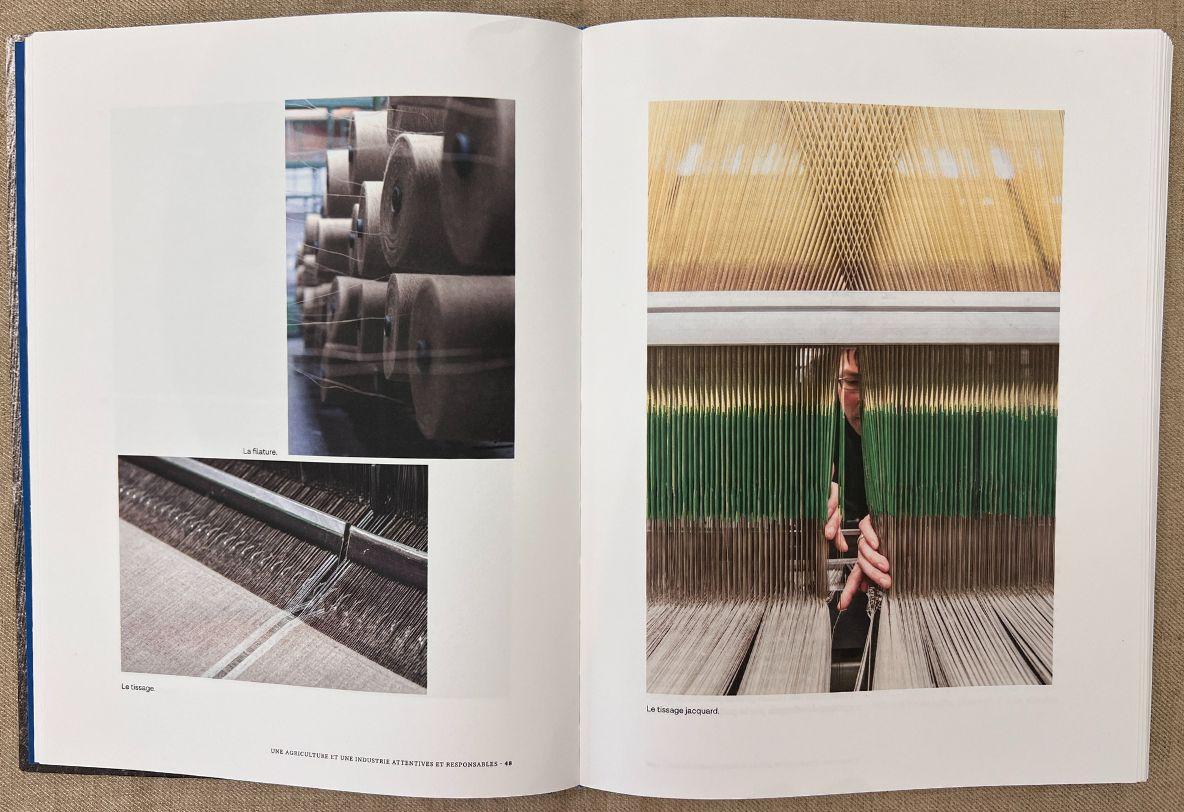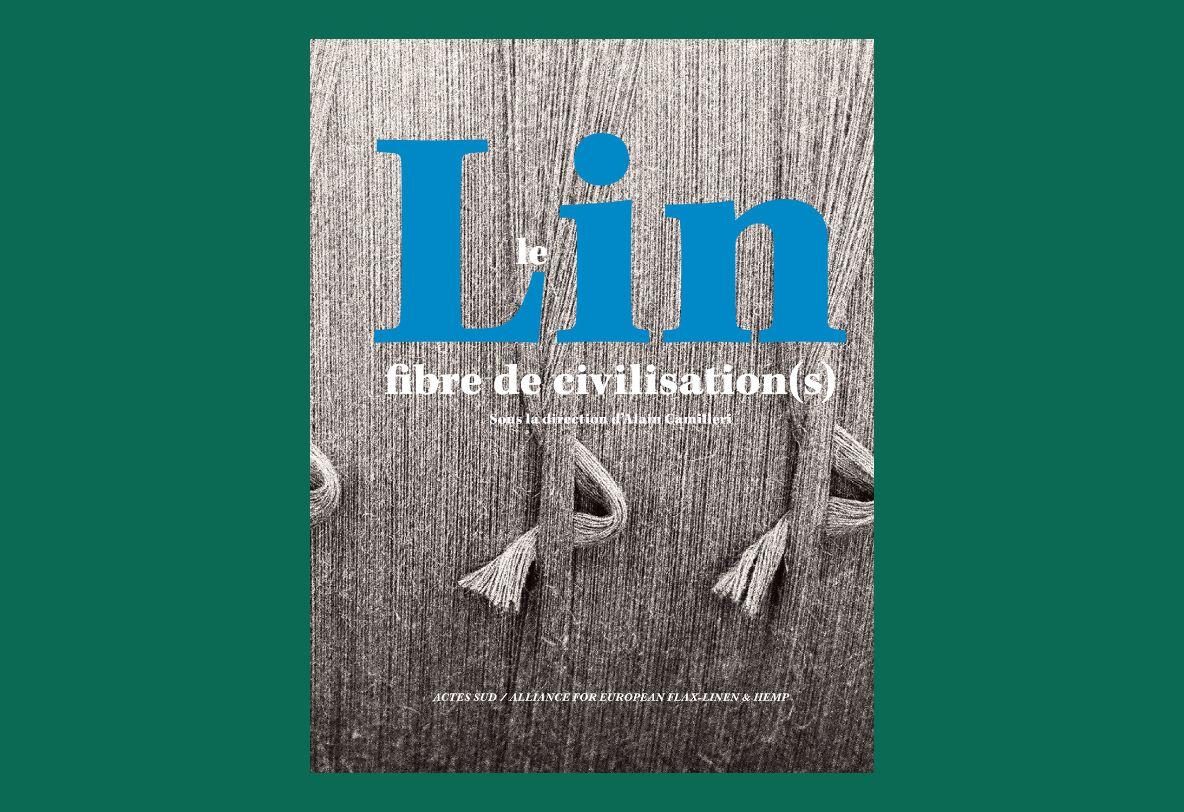The 20th century saw linen make a come-back in fashion
After record levels of industrial production in the 19th century, the arrival of imported materials and the advent of synthetics started to compete with linen and even threated to make it disappear. This threat was accentuated by changing consumer habits, before a linen made a welcome comeback in the second half of the 20th century.









